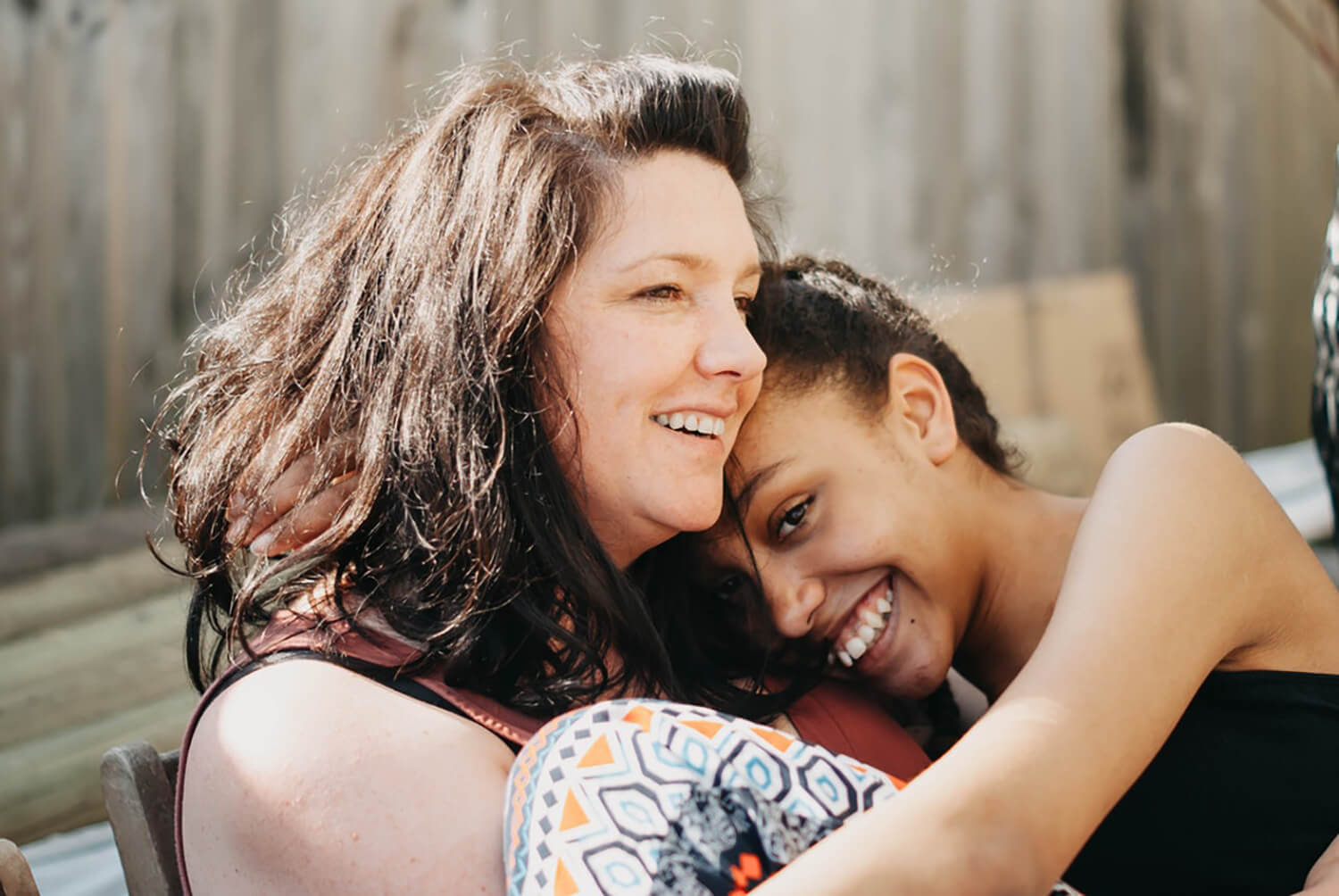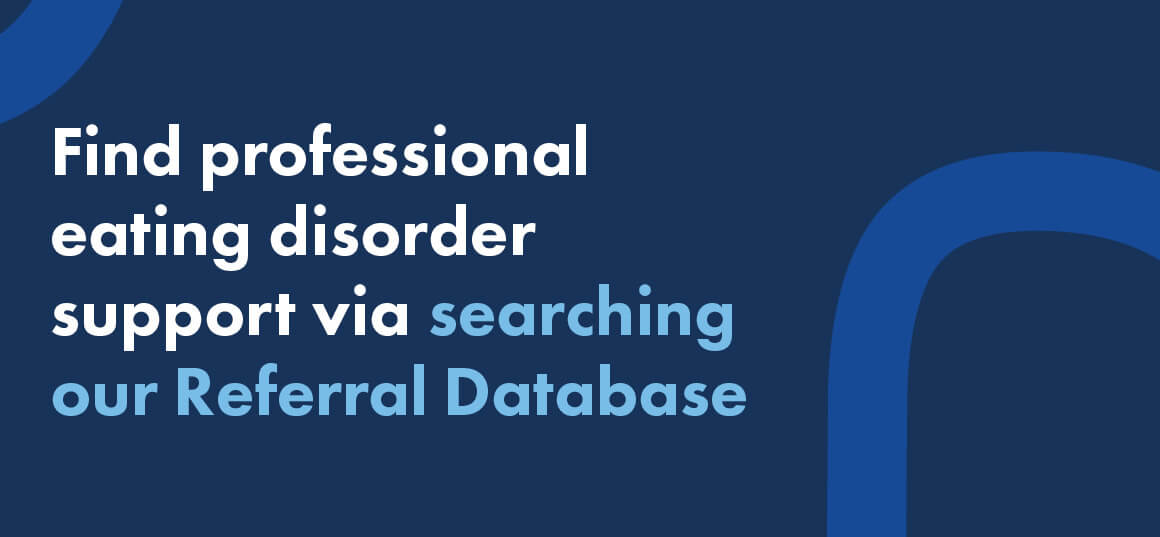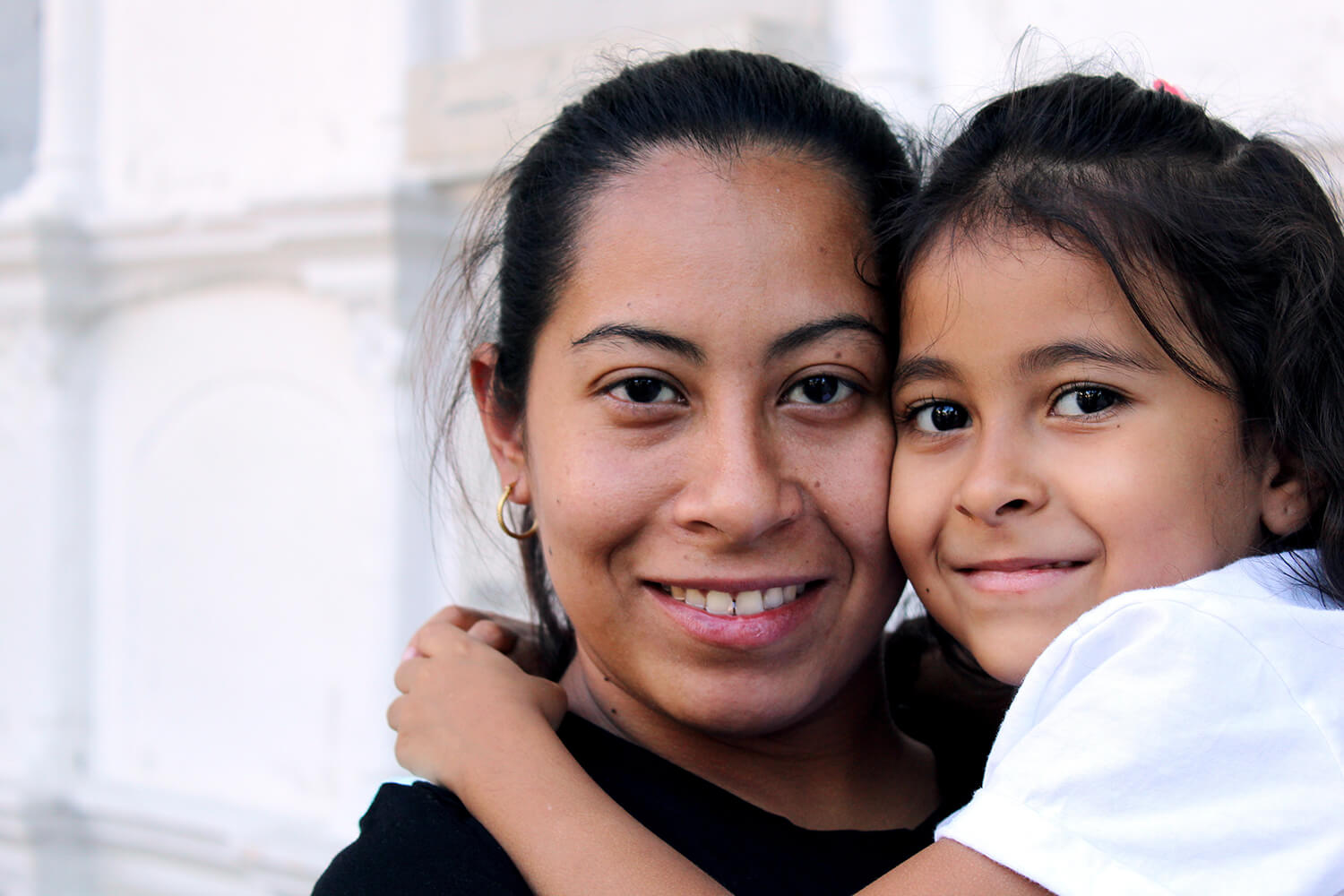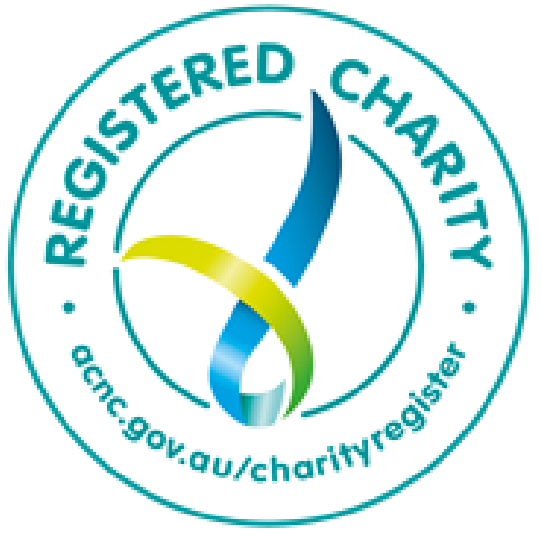Addressing equity for all forms of Eating Disorders
World Eating Disorders Action Day (WEDAD), held on June 2nd every year, is a global movement dedicated to those living with an eating disorder, their families and the professional health community. It’s an opportunity to spark awareness around optimising support networks and advocating for access to vital treatment and recovery.
This year, the theme #Equity4EatingDisorders provides a chance to stop and reflect on the importance of addressing equity for all forms of eating disorders. This is achieved by challenging stereotypes and misunderstandings that hinder individuals from receiving adequate support.
Eating disorders have one of the highest mortality rates of any psychiatric illness, causing physical, mental and social impairments. Consequently, no eating disorder should be left untreated or downplayed due to society’s incorrect messaging. In fact, there is an urgent need to pay attention to the diversity of all eating disorders.
The diverse nature of eating disorders
The representation of an eating disorder that society neatly packages and gifts to us is excessively narrow. The media, alongside other cultural and social influences, sets the agenda that eating disorders occur in women who are thin, white, young and affluent. But eating disorders are far more complex than this stereotype suggests.
Eating disorders are highly diverse, from who they affect to their multiple presentations. People of all ages, sizes, genders, sexual orientations, ethnicities, nationalities, abilities and social classes can experience an eating disorder.
To think otherwise is a misconception – there is no ‘type’ of person immune from developing them. Physical, cultural and social differences between people matter, because they change the nature of struggles and challenges that accompany eating disorders.
All in all, every person will experience an eating disorder uniquely. This is because they stem from a complicated interaction between biological, psychological and environmental factors.
Then, of course, there are the different types of eating disorders. Common eating disorders include Anorexia Nervosa, Bulimia Nervosa, Binge Eating Disorder, Avoidant/Restrictive Food Intake Disorder (ARFID) and Other Specified Feeding and Eating Disorders (OSFED). However, even within these diagnoses there can be significant symptom variability.
We cannot expect an eating disorder to ‘look’ a certain way, despite the fact stereotypes condition us to do so. No eating disorder should be promoted or legitimised more than any other. The most important lesson to learn is that all forms of eating disorders require attention. We must validate all eating disorders and represent them fairly in public discourse.
Why equity for addressing all forms of eating disorders is important
Lack of knowledge about the diverse nature of eating disorders can have detrimental impacts on those affected by them. Here at Butterfly, we have broken down why equity for all forms of eating disorders is paramount.
To improve self-recognition amongst those with eating disorders
Equity for addressing all types of eating disorders can be life-changing, especially when it’s the key to someone realising that what they are experiencing is not normal, and they may need help. Eating disorders are likely to take a dangerous turn when people struggling with them fail to recognise their condition.
This is a likely outcome for people who do not see their eating disorders represented in public conversations, which drives their lack of awareness. People who don’t fit the ‘thin, white, young and female’ stereotype, often believe that they are exempt from an eating disorder or ‘not sick enough’ to receive treatment.
This mindset only delays recovery. A heightened awareness around diverse eating disorder experiences can increase patterns of self-identification.
To prevent eating disorders from being overlooked and under-diagnosed
Increasing education around the multifarious nature of eating disorders can improve rates of accurate diagnosis. If we work towards maximising awareness of less common traits, family members and health professionals can better interpret niche signs and symptoms.
Often, these can be misunderstood which prevent people from receiving a diagnosis and treatment. This is alarming as early intervention is most effective in reducing the chronicity of illness.
So, let’s change these misunderstandings. We need to depict and talk about the different types of eating disorders and their warning signs, to challenge society’s stereotypes. For example, people can learn that Anorexia Nervosa affects people of any body size – not just those who are underweight. Or, that binge eating disorder doesn’t only affect those living in larger bodies (another false assumption).
People can also immerse themselves in current research, for example, studies that show eating disorders are underdiagnosed in men. Often they manifest in men through attempts to increase their muscularity. Therefore, men’s conditions are increasingly unnoticed due to misunderstandings that only ‘a drive for thinness’ signals an eating disorder.
Overall, family members and health professionals must take a highly nuanced approach when considering an eating disorder, to ensure diagnosable cases are not overlooked.
To encourage people with eating disorders to seek help
Stigma and shame are barriers to help-seeking behaviour. Studies show that 75% of people with an eating disorder do not seek professional help. Everyone with an eating disorder deserves a safe environment, where they can access non-judgmental support.
Thus equity for addressing all types of eating disorders is key! When we get the facts right about eating disorders, we can begin to break down the walls of stigma. This encourages more individuals with eating disorders to leave their fears of criticism behind and reach out for help.
Here are some examples of how stigma can prevent people from accessing support:
- People with Anorexia Nervosa might worry about being perceived as ‘self-obsessed’ or ‘vain’.
- People with bulimia nervosa might fear social disapproval due to misconceptions that they are responsible for their illness.
- People with binge eating disorder might feel anxious about being flagged as ‘greedy’ or ‘gluttonous’ due to their relationship with food.
- People might fear being mocked/rejected by others who claim that their eating disorder isn’t ‘severe enough’.
- Men might feel embarrassed about being perceived as ‘weak’ because social meanings of eating disorders position them as ‘female disorders.’
What does this all mean? People need to a) shift their views that eating disorders are choices and b) stop morally evaluating those affected by them. Stigma diverts attention from what matters most, which is addressing the severity of each illness. All forms of eating disorders need consideration, but people only seek support when they are understood by others.
To ensure easy access to quality care and treatment
Addressing all types of eating disorders in society can help improve people’s experiences of treatment. Every person with an eating disorder is worthy of receiving quality care and treatment, whereby full recovery is possible. Health professionals require specialised knowledge of each eating disorder so they can develop tailored treatment plans.
Quality care and treatment involves consideration of social and cultural factors. A ‘one size fits all approach’ leads to insufficient treatment for the patient. For example, LGBTQIA+ people and men often struggle to resonate with treatment approaches that are geared towards heterosexual, cis women.
People of culturally diverse backgrounds may also have different value and belief systems that impact their relationship to food and their bodies. For example, the ‘thin-body’ ideal is a Westernised notion that might not hold relevance amongst all cultural groups. Overall, treatment should be adjusted to incorporate these differences.
To deliver adequate treatment, health professionals must also be well-versed on the needs of those living in larger bodies. For those with binge eating disorder, encouraging weight loss for ‘health purposes’ can be dangerous.
This can result in dietary restriction, which only reinforces the cycle of binge eating. Rather, adopting a ‘Health At Every Size’ approach is beneficial in supporting recovery. Similarly, weight biases can present obstacles for people in normal or larger sized bodies with Anorexia Nervosa. Even if a person isn’t severely underweight, they can still have life-threatening health complications due to their weight loss and the physical and mental complications of starvation.
Identifying diverse traits of eating disorders by health professionals assists in achieving better outcomes for people’s mental health, physical health and wellbeing.
The bottom line is, it is time to take action. Become aware of all forms of eating disorders and attempt to fully understand them. Changing the conversation about these illnesses by reducing stigma and misinformation about them, is truly powerful. People living with eating disorders deserve equal support and it all begins with you!
To find out more about WEDAD, visit:
https://butterfly.org.au/news/worldeatingdisordersactionday/
Anyone needing support with eating disorders or body image issues is encouraged to contact:
- Butterfly National Helpline on 1800 33 4673 (1800 ED HOPE) or support@butterfly.org.au
- Eating Disorders Victoria Helpline on 1300 550 23
- For urgent support call Lifeline 13 11 14
Our Helpline is a free, safe, and confidential service providing counselling, support groups, information, and referrals to health professionals around Australia screened for an understanding of eating disorders. All Butterfly National Helpline counsellors are qualified mental health professionals with specialist training in eating disorders and body image.




















